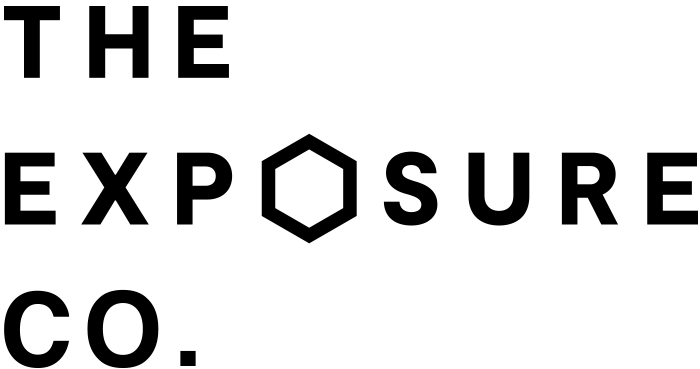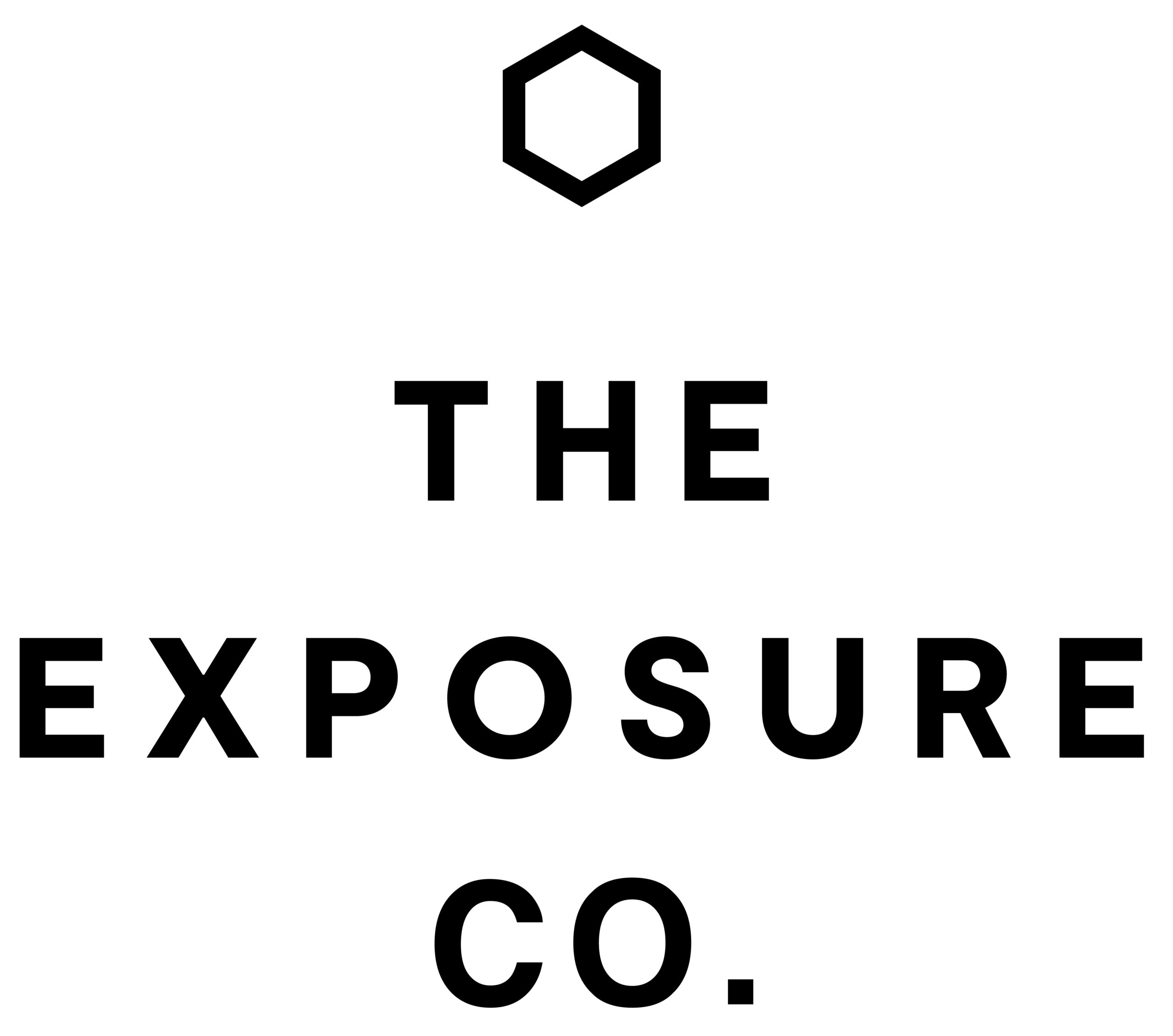
28 Apr The Low-Down on Influencer Ad Transparency
There are guidelines that all advertisements have to follow whether they are headed for TV, radio, or your growing Instagram page. We’ve dug up everything there is to know about posting ad’s on social media so you can keep on doing what you do best.
Influencer marketing works so well because it’s integrated into content that audiences love by people they trust. Not being up front about what is an ad and what is opinion not only risks this trust but can get you into legal trouble.
What counts as an advertisement?
An ad is any material that is presented with the intent of promoting a product, brand, or service; where the advertiser has control over the content.
In terms of influencer marketing, this includes situations where:
- An influencer is paid to post a photo of themselves holding a product
- An influencer posts an affiliate link and is then paid per-click or per-sale
- An influencer is gifted an experience in return for tagging the business
- An influencer is gifted a product to test and asked to mention certain key-messages to their audience
Of course, there are many cases where you will post about a brand or product you love simply because it’s something you think is worth sharing. If this is done without any direction or creative input from a brand, then these posts are not considered advertisements.
What are the rules?
It’s pretty simple. The Australian Association of National Advertisers (AANA) and New Zealand’s Advertising Standards Authority (ASA) say that your audience need to be able to easily understand when they are being advertised to.
Your followers should never be shielded from the fact that something is an ad and should never be mistaking an ad for an opinion.
Tagging the brand and using any relevant campaign hashtags on an ad is considered the bare-minimum for transparency in Australia and New Zealand.
More ways to let your audience know something is an ad
When posting branded content, think about the ways you are letting your audience know that this is an ad. Are you directly linking to a brand’s website? Is the product the focus of the picture? Are you promoting a discount? Using a campaign hashtag? All these actions can communicate that this is an advertisement.
Some Instagram accounts even have access to an official “Paid partnership with” tag that appears above posts and stories. This feature is extra handy in that it allows advertisers access to the user’s post insights.
The UK’s Advertising Standards Authority (ASA) ask social media influencers to use #ad or #advertisement on all branded content. Even though it’s not required everywhere, using #ad in a prominent place on your post can ensure you’re in the clear.
Now that you’re all caught up – let us partner you up with the perfect brand so you can put your new ad expertise to use. Sign up to The Exposure Co.’s influencer list here.
ABOUT THE AUTHOR
Justice Cambridge is a public relations graduate from Brisbane who is forever impressed with the role social media plays in community-building. She loves talking strategy – whether it’s about marketing or over Cluedo at a games night. In her internet search history you’ll find music videos, mukbangs, and directions to trivia events.



No Comments